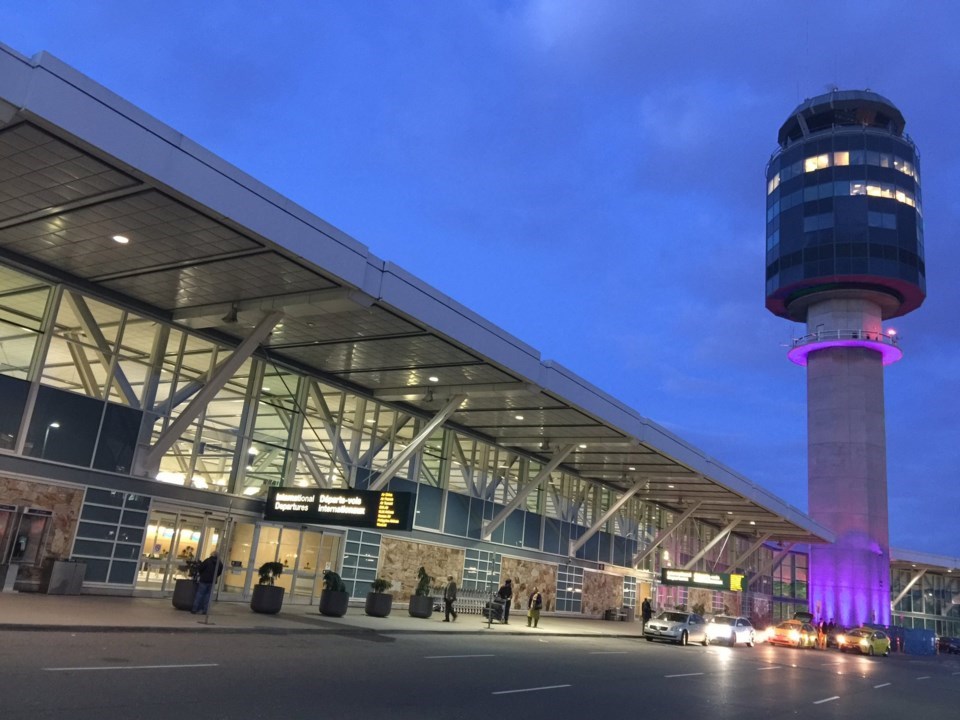Retail Parks: Boom Continues Despite Economic Uncertainty
The retail park sector is experiencing a surge in popularity, defying economic headwinds and demonstrating resilience in the face of changing consumer habits. According to Cushman & Wakefield, developers completed a record 80,000 square meters of retail parks last year, with projections indicating another 70,000 square meters will be added this year. However, the real growth spurt is anticipated for 2024, with developers planning to construct over 220,000 square meters, surpassing the combined construction of the previous three years.
Faster Construction, Greater Flexibility
Jan Čížek, head of the shopping parks team at Cushman & Wakefield, attributes this rapid expansion to several factors. “Thanks to simpler and faster construction, retail parks can respond more flexibly to the demand of traders for free areas. The normal time of their construction is within one year,” he explains. This agility allows developers to quickly adapt to market demands and capitalize on emerging trends.
Market share Growth and Investor Confidence
The retail park sector’s market share has grown significantly in recent years. Over the past five years, the occupied area has expanded by a third, reaching 1.3 million square meters. Consequently, their market share has risen from 27% to 33% during the same period. This growth reflects the increasing popularity of retail parks among both investors and consumers.
Investor confidence is further fueled by the pandemic’s lasting impact. while lockdowns forced closures of many stores in large shopping centers, retail parks, with their emphasis on discount chains and essential goods, remained relatively unaffected. This resilience,coupled with the ongoing popularity of outdoor shopping experiences,has solidified retail parks’ position as a viable and attractive investment opportunity.
Shifting Focus: Smaller Towns and Multi-Tenant Projects
While central Bohemia and Ústí nad Labem currently dominate retail park construction, developers are increasingly focusing on smaller towns.According to Čížek, “In 2024, projects were created in district towns with 15 to 30 thousand inhabitants. In 2025 and 2026, investors will focus more on smaller cities with projects about several tenants.”
This shift reflects a strategic move to tap into underserved markets and cater to evolving consumer preferences. Smaller towns often lack adequate retail options, creating a demand for convenient shopping experiences. Multi-tenant projects, featuring a diverse mix of retailers, further enhance the appeal of these locations.
Market Leaders Emerge
Saller Group currently holds the largest share of the retail park market, owning nearly 200,000 square meters. Intercora follows closely with approximately 174,000 square meters, and CPI Group occupies third place with 157,000 square meters.
These leading players continue to invest heavily in expanding their portfolios,driving further growth and innovation within the sector. Their expertise and market knowledge contribute significantly to shaping the future landscape of retail parks.
Looking Ahead: Continued growth and Adaptation
Despite economic uncertainties, the retail park sector demonstrates remarkable resilience and adaptability.It’s ability to cater to evolving consumer demands, coupled with efficient construction practices and investor confidence, positions it for continued growth. As developers focus on expanding into smaller towns and embracing innovative concepts, retail parks are poised to remain a dominant force in the retail landscape.
Retail Parks: A Growing Investment Hotspot in the Czech Republic
The Czech Republic’s retail park sector is experiencing a surge in popularity among investors, driven by factors like strong customer demand, attractive returns, and the potential for future growth. Both domestic and international investors are recognizing the unique advantages offered by this asset class.
One compelling aspect is the sector’s ability to cater to a diverse range of customer needs. Retail parks often fill a gap in smaller and medium-sized municipalities where customary shopping centers may not be readily accessible. “Retail parks, like the one in Velké Meziří
í, correspond to the needs of not only customers but also tenants, which creates an attractive and sustainable investment product,” notes Radek Hladký, Partner Source Investments.
Real estate funds, seeking attractive investment opportunities, are increasingly allocating capital to retail parks. Examples include Realia Fund’s acquisition of a park in Stod, Pilsen Region, at the end of last year, and SHR INVESTS’ expansion into Velké Meziří
í, Vyso
ina, highlighting the growing confidence in this sector.
Furthermore, retail parks offer investors a tangible asset with proven resilience. Their inherent flexibility allows them to adapt to evolving consumer preferences and incorporate innovative concepts. The sector’s potential for further growth is substantial, driven by factors such as population growth, urbanization, and changing shopping habits.
Investors looking for stable, long-term returns with a positive societal impact may find retail parks to be a compelling investment option. As the Czech Republic’s retail landscape continues to evolve, retail parks are poised to play a central role, offering a blend of economic growth, community convenience, and sustainable development.
Consider exploring opportunities in retail parks if you’re seeking diversified investments that align with future trends. Research potential projects, analyze market dynamics, and consult with experienced professionals to make informed investment decisions.
How might the expansion of retail parks into smaller towns effect the future landscape of traditional shopping centers in larger cities?
Retail Parks: Booming Despite economic Uncertainty
Interview with Jan Čížek,Head of the Shopping Parks Team at Cushman & Wakefield
Archyde: The retail park sector is experiencing a remarkable surge in popularity. What factors are driving this growth, especially in the face of economic headwinds?
Jan Čížek: Several factors are converging to fuel this expansion. Retail parks offer faster construction times compared to large shopping centers,allowing developers to respond quickly to market demands. The typical construction time for a retail park hovers around one year, which gives us a meaningful advantage in a dynamic market. Moreover, retail parks have proven resilient during recent economic uncertainties. While lockdowns impacted traditional shopping centers, customers continued to prioritize essential goods and discount offerings, making retail parks a preferred destination.
Archyde: The data shows the occupied area of retail parks has grown by a third in the last five years. Can you shed light on the reasons behind this market share expansion?
Jan Čížek: The combination of factors I mentioned earlier, plus evolving consumer preferences, is driving this growth. Consumers appreciate the convenience, outdoor shopping experience, and value-driven offerings ofen found in retail parks. This trend toward experiential retail and an increased focus on essential goods aligns perfectly with what retail parks provide.
Archyde: Is there a shift in the progress strategies you are witnessing within the retail park sector?
Jan Čížek: Yes, definitely. We are seeing a move beyond the larger cities and metropolitan areas. Developers are increasingly targeting smaller towns and municipalities, areas where traditional shopping options may be lacking.This expansion into underserved markets allows us to cater to a wider range of communities and create new economic opportunities.
Archyde: What emerging trends are shaping the future of retail parks? How do you envision this sector evolving?
Jan Čížek: The integration of technology will play a crucial role. We’ll see more interactive experiences, personalized services, and enhanced online-to-offline connectivity. Sustainability is also a key focus, with developers incorporating eco-kind features and promoting responsible practices.
Additionally, expect to see a shift towards multi-tenant projects, offering a diverse mix of retailers and services under one roof. This creates a more vibrant and dynamic shopping environment, catering to a broader range of consumer needs.
Archyde: Do you think this trend of retail parks expanding into smaller towns might impact the traditional shopping centers located in larger cities?
Jan Čížek: That’s an engaging question. It’s not necessarily a case of one replacing the other. I see both sectors coexisting and evolving.Larger shopping centers might focus on premium brands, entertainment experiences, and creating a unique destination experience. Retail parks will continue to cater to a wider audience with their focus on essential goods, value, and convenience.



